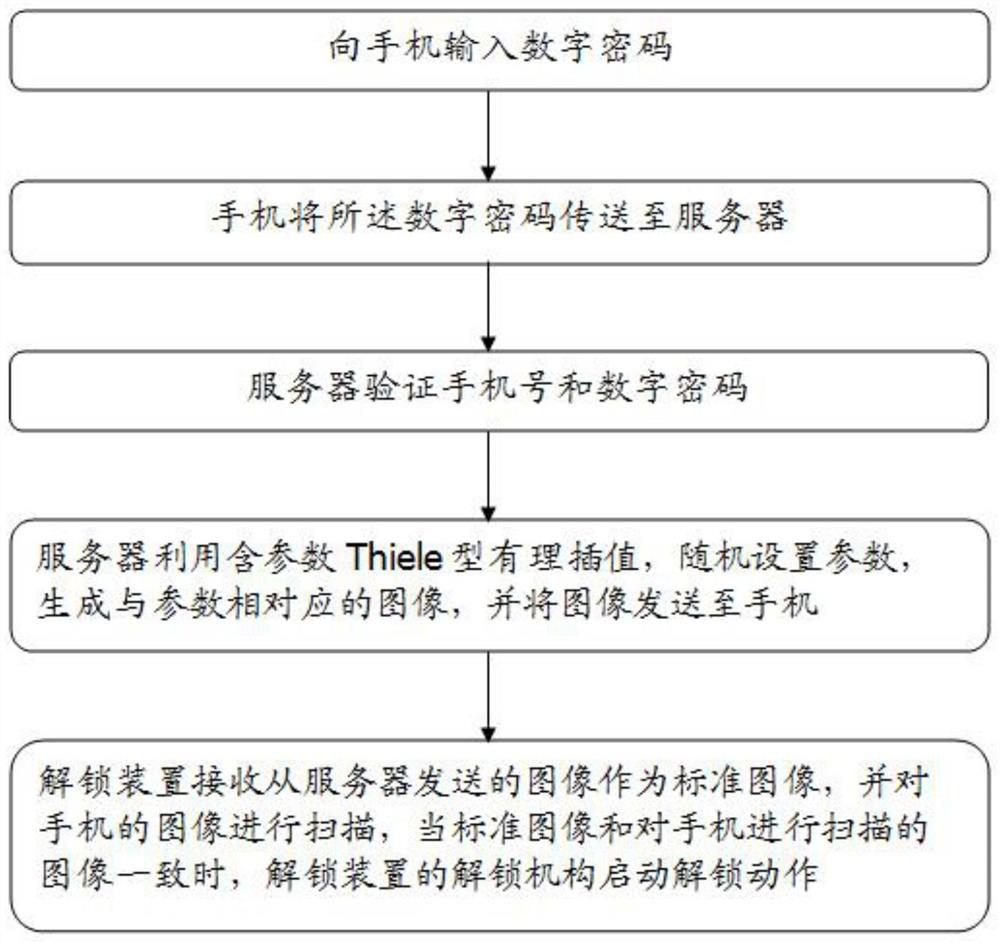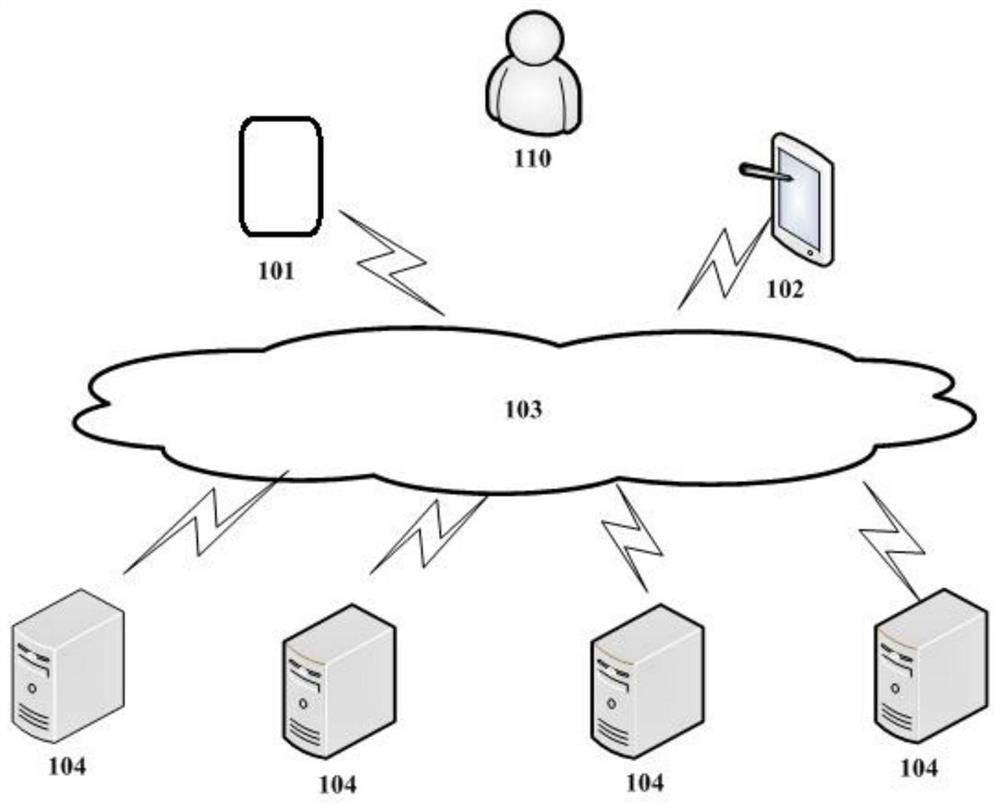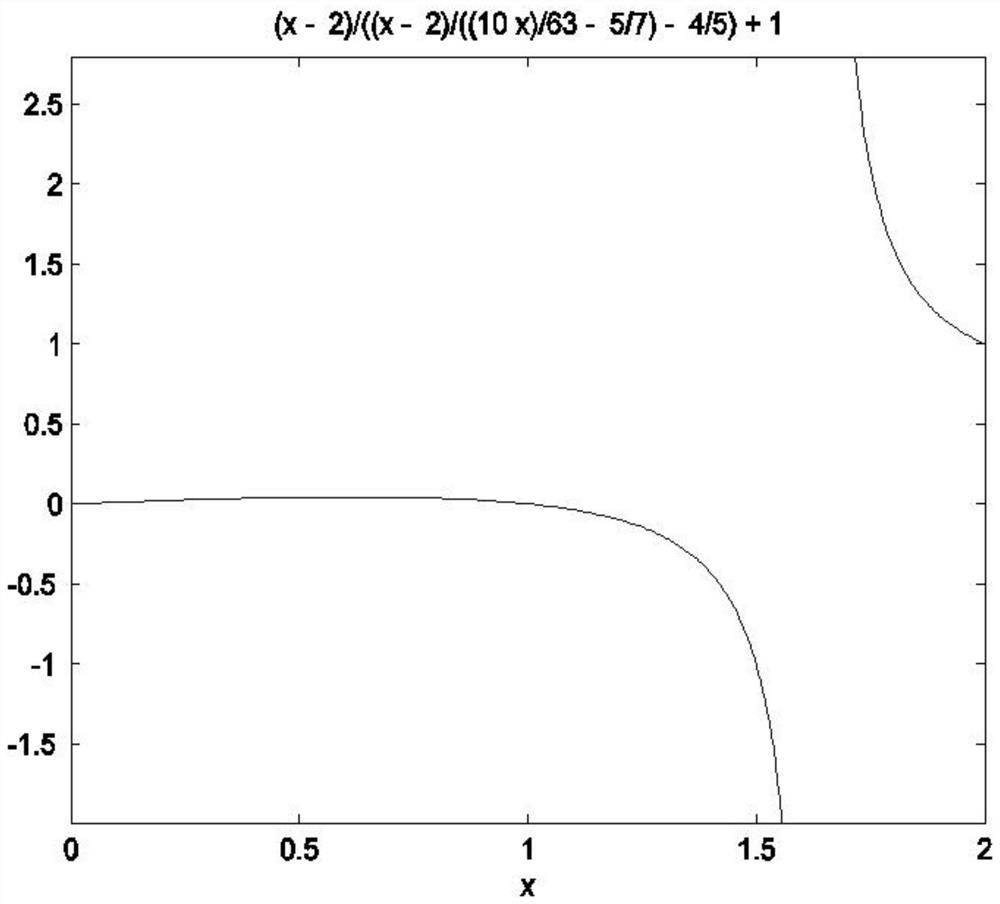Safe access method and system using rational interpolation with parameter thiele type
A technology of secure access and interpolation, applied in the field of secure access to secure resources, and can solve problems such as leakage
- Summary
- Abstract
- Description
- Claims
- Application Information
AI Technical Summary
Problems solved by technology
Method used
Image
Examples
example 1
[0163] Example 1 for the function Common high-order continued fraction rational interpolation is unstable, and Thiele continued fraction rational interpolation with parameters is used for calculation. Due to the symmetry of the function, only the interpolation interval [-1,0] is discussed.
[0164] Table 5 Interpolation comparison table
[0165]
[0166]
[0167]
[0168] It can be seen from Table 2 that the Thiele-type continued fraction rational interpolation with parameters has a good effect, and some new Thiele-type continued fraction rational interpolations can also be obtained by selecting parameters.
example 227
[0169] Example 2[27] Set the given point interpolation data {(0,0),(1,1),(2,0.5),(3,3),(4,-0.5),(5,5)}, find Rational interpolation that satisfies the condition.
[0170] After calculating the contrast quotient, if there is a situation where the contrast quotient does not exist, a rational interpolation function can be constructed by adjusting the two nodes (3,3), (4,-0.5) according to the method in the text.
[0171]
[0172] Easy to see R 1 (x) does not meet the interpolation conditions, use the method in this chapter to regard (0,0) as a double node, and introduce the parameter c (c≠0) to get
[0173]
[0174] It is easy to prove that the interpolation condition is met.
example 3
[0175] Example 3 Let the given interpolation data be as follows
[0176] Table 6 Interpolation data table
[0177]
[0178] The corresponding Thiele-type continued fraction interpolation deficit quotient table is shown in Table 8
[0179] Table 7 Deficit Quotient Table
[0180]
[0181] Thus its Thiele-type continued fraction interpolation is Since r(x 0 )=r(2)=0≠1, so (2,1) is an unreachable point of r(x). According to the algorithm in this chapter, increase the multiplicity of the node (2,1), construct a tangential interpolation with a first-order derivative at the point (2,1), introduce the parameter λ (λ≠0), and construct the deficit quotient shown in Table 4 above table, so as to obtain the corresponding Thiele-type tangent rational interpolation
[0182]
[0183] after verification,
[0184] R 2 (x i ) = f i (i=0,1,2)
[0185] When λ=-0.8
[0186]
[0187] When λ=80
[0188]
[0189] When λ=-0.8, R 2 The image of (x) is attached figure 1 As ...
PUM
 Login to View More
Login to View More Abstract
Description
Claims
Application Information
 Login to View More
Login to View More - R&D Engineer
- R&D Manager
- IP Professional
- Industry Leading Data Capabilities
- Powerful AI technology
- Patent DNA Extraction
Browse by: Latest US Patents, China's latest patents, Technical Efficacy Thesaurus, Application Domain, Technology Topic, Popular Technical Reports.
© 2024 PatSnap. All rights reserved.Legal|Privacy policy|Modern Slavery Act Transparency Statement|Sitemap|About US| Contact US: help@patsnap.com










